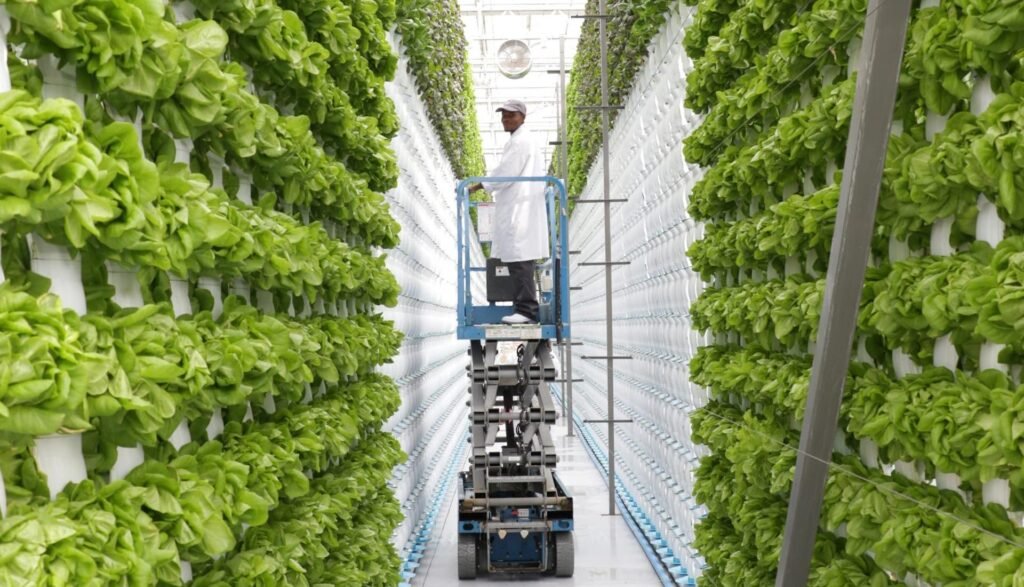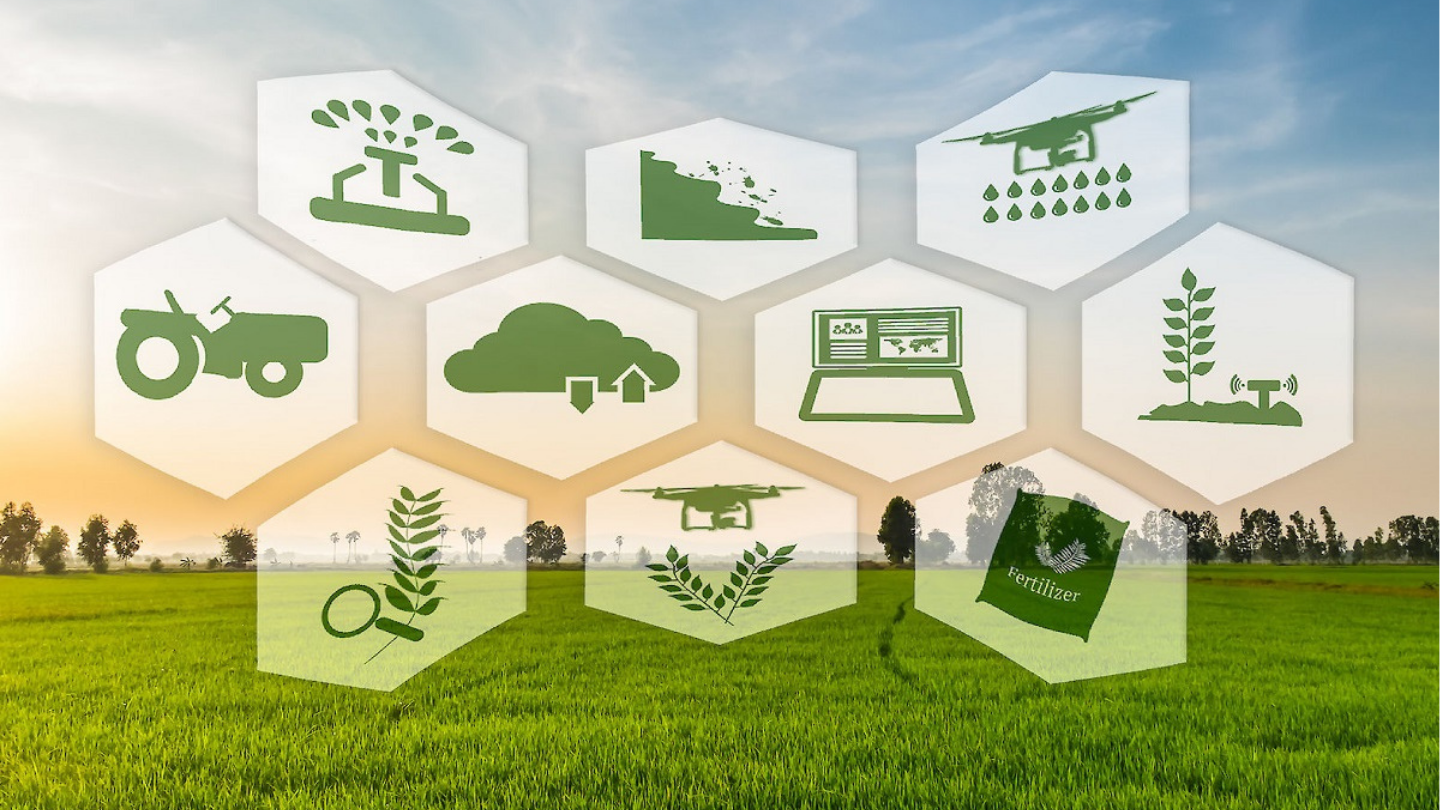Farming’s Future: How AgriTech is Redefining Agriculture
Agriculture, the backbone of civilization, has reached a fork in the road. Feeding a growing global population while dealing with climate change and resource constraint necessitates a drastic shift. Enter AgriTech, a tidal surge of innovation that is reshaping how we cultivate the land. AgriTech is changing every element of agriculture, from precision farming to vertical farms and robotic assistants, offering a future of abundance, sustainability, and resilience.
Precision Agriculture: Utilizing Data in Farming
The days of guesswork and gut feeling are long gone. By utilizing data, precision agriculture maximizes each stage of the farming process. Real-time information on crop health, nutrient levels, and soil moisture is gathered via sensors dispersed throughout fields. Multispectral camera-equipped drones map fields to pinpoint illness or stress regions. Then, using machine learning and artificial intelligence (AI), this data is put into advanced analytics platforms (ML).

These platforms give farmers useful information that they can put to use, so they can:
- Target irrigation: Precision agriculture makes sure that every drop of water matters because it is a valuable resource. Farmers are able to optimize irrigation schedules and reduce water loss by knowing the unique requirements of each plant.
- Use insecticides and fertilizers sparingly; this minimizes the impact on the environment and saves money by avoiding the needless use of chemicals.
- Crop disease prediction and prevention: AI systems are able to evaluate data to spot early warning indicators of disease outbreaks, enabling farmers to take preventative action and reduce crop losses.
- Optimize planting and harvesting times: Maximize crop yields by understanding how weather and other factors affect crop development and planning planting and harvesting dates accordingly.
The outcomes are evident: precision farming boosts farmer profitability while lowering environmental effect and increasing yields.
Beyond the Domain: Robotics and Automation
These days, automation is not limited to manufacturing. Nowadays, agricultural robots are used for a variety of jobs, such as harvesting and sorting crops in addition to planting and weeding. By minimizing the need for physical labor and freeing up farmers to work on other projects, these tireless machines operate with accuracy and efficiency.

Agricultural robots include, for instance:
- Robots that plant crops: These machines are capable of accurately placing seeds at the right depth and spacing, resulting in uniform crop development and maximum yields.
- Robots that pull weeds: These machines, which have mechanical arms and computer vision, can detect and pull weeds without damaging crops, which eliminates the need for pesticides.
- Robots for harvesting: These machines are able to carefully select fruits and vegetables, preventing damage and guaranteeing freshness.
Although automation is still in its infancy, it has enormous potential. Robots have the potential to completely change the agricultural industry by increasing productivity, cutting expenses, and opening up new career opportunities in fields like data analysis, robot design, and maintenance as they become more advanced and more reasonably priced.
Vertical Farming: Urban Cultivation
The need for local, sustainable food production is more than ever as the world’s population becomes more and more concentrated in metropolitan areas. One potential option is vertical farming, which is the process of cultivating food indoors in stacked levels.

Vertical farms have a number of benefits.
- Reduced land use: Vertical farms are perfect for urban settings because they can produce the same quantity of food on a smaller plot of land as traditional farms.
- Controlled environment: Because crops raised in vertical farms are shielded from pests, illnesses, and severe weather, they produce more and require fewer chemicals.
- Production all year round: Regardless of the weather or season, vertical farms may run all year round and offer a consistent supply of fresh vegetables.
Vertical farming is a rapidly developing field with enormous promise, despite obstacles like high energy costs and a restricted selection of crops. Vertical farms have the potential to become a mainstay of urban food production as costs come down and technology progresses.
Possibilities and Difficulties
There are difficulties with the AgriTech revolution. Small-scale farmers may find it difficult to access infrastructure and technology, and there are worries about how automation may affect rural livelihoods. Furthermore, ethical issues pertaining to the usage of genetically modified organisms (GMOs) and data privacy must be addressed.
AgriTech offers a plethora of prospects despite these obstacles. We can build an agricultural future that is equitable, inclusive, and sustainable in addition to being productive and sustainable by welcoming innovation and encouraging teamwork.
There are a tonne of exciting prospects for farming in the future. AgriTech is the application of technology to address contemporary issues and create a more robust and sustainable agricultural system. It is not only about toys and gizmos. We can make sure that future generations inherit a world in which everyone has access to healthy, safe food by embracing innovation and cooperating.
This is but a small sample of the fascinating realm of agritech. There are countless opportunities to change agriculture as this subject develops further. Together, let’s embrace the farming of the future and grow a better day.











